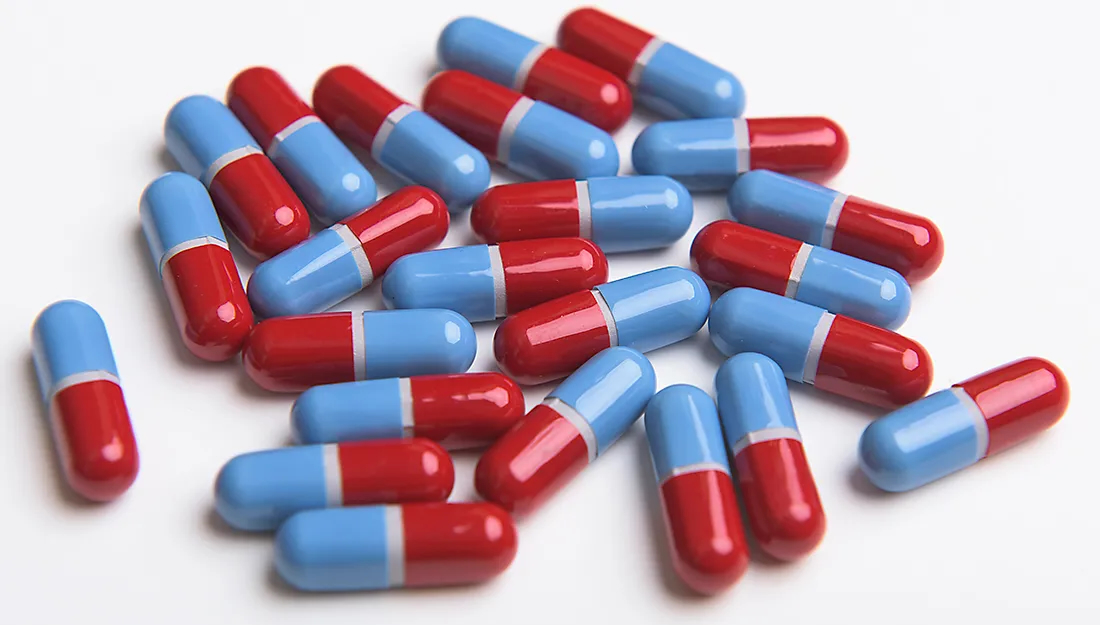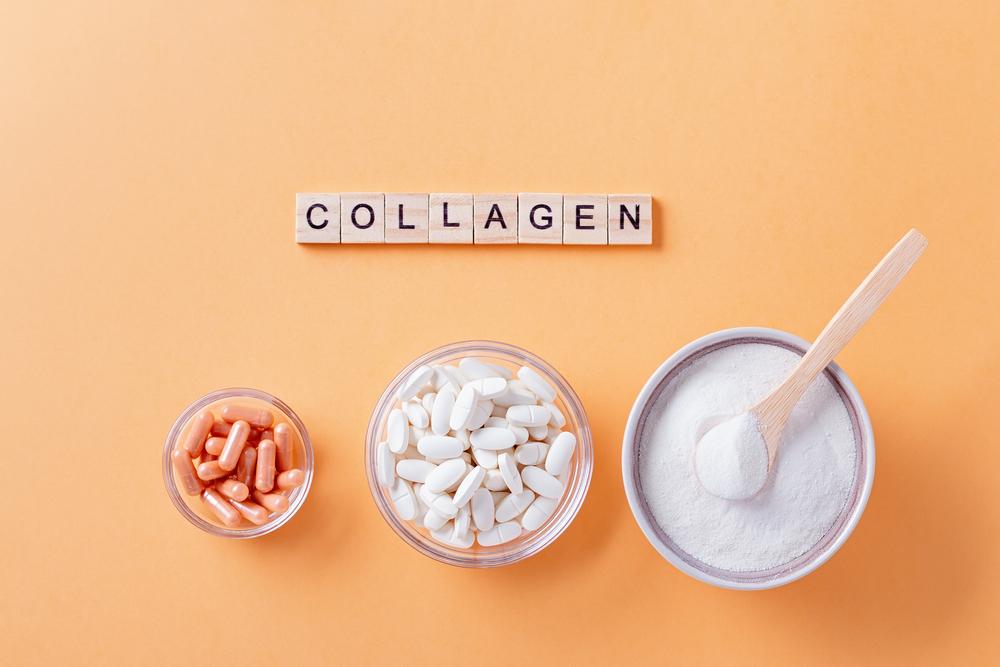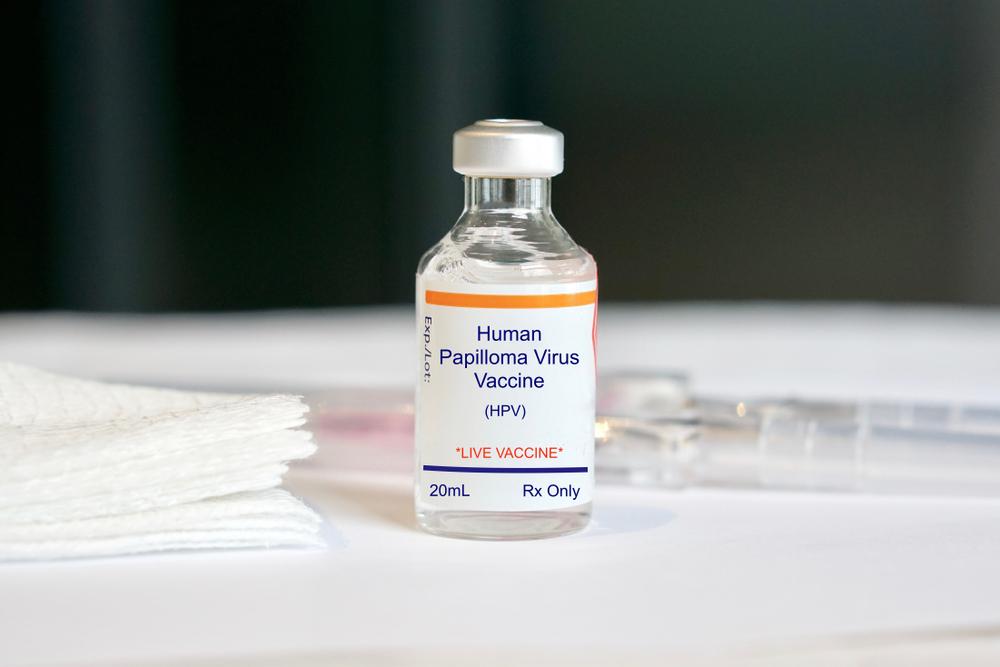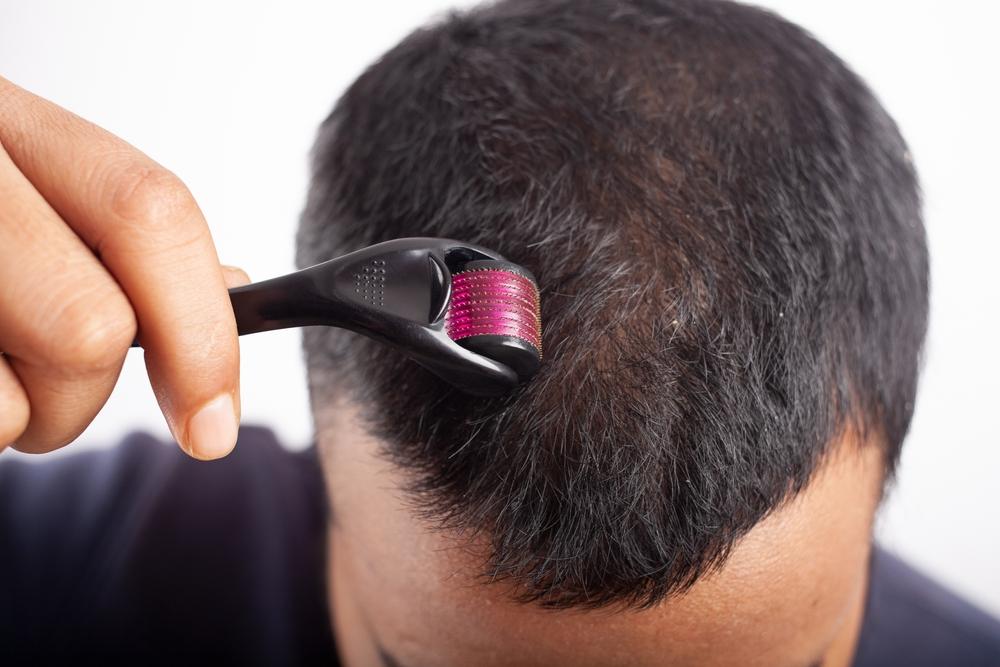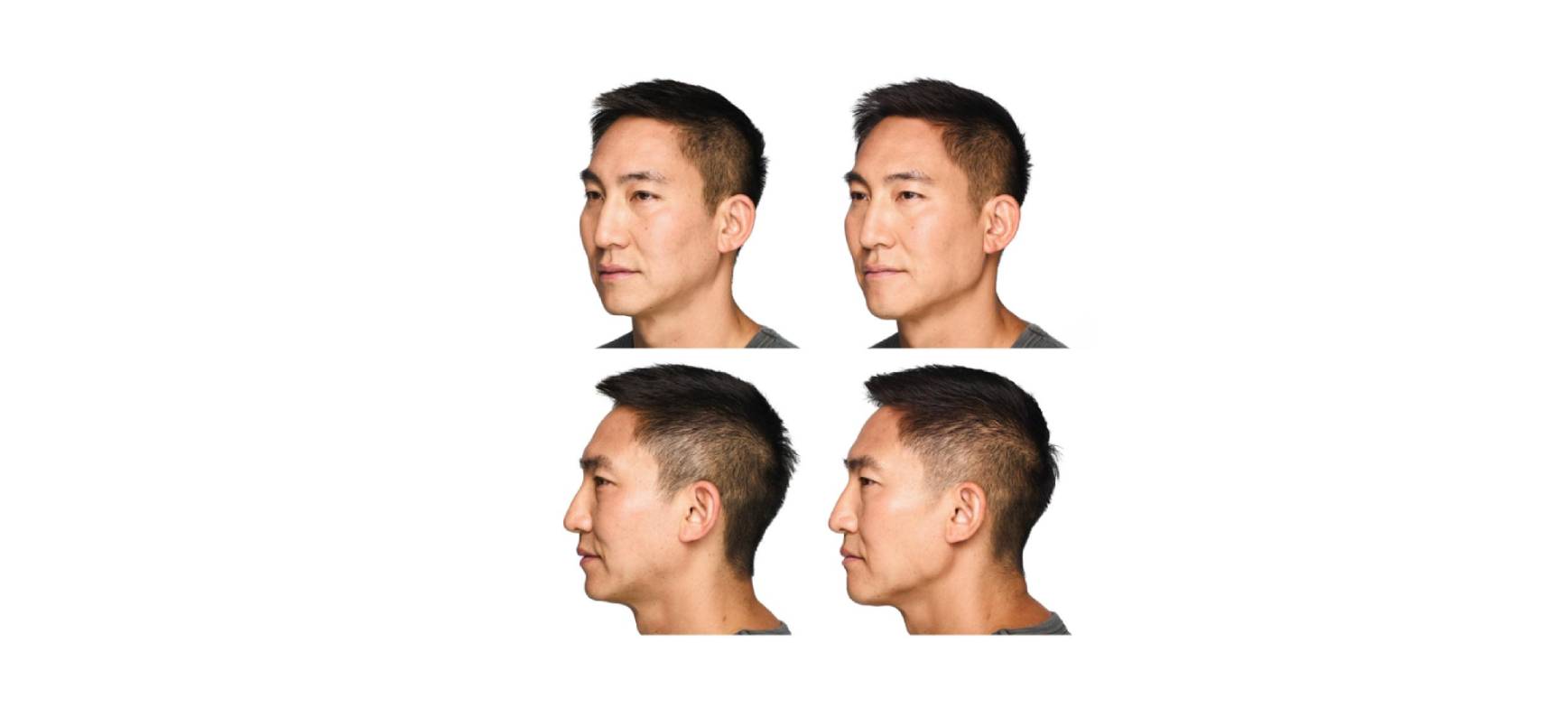The skincare landscape has witnessed a seismic shift in recent years, especially when it comes to treating acne vulgaris. Gone are the days when isotretinoin was your only hope. Today, dermatologists have an ever-expanding toolbox, teeming with targeted treatments that are not only more effective but also come with fewer side effects. Let’s dive into this exciting world of skincare advancements.
Understanding the Beast: Acne Pathogenesis
For a long time, the micro-comedone was seen as the villain that kickstarted the acne process. However, emerging research has challenged this idea, suggesting that inflammation could be the real puppet master here. This revelation has a direct impact on how we categorize and treat acne. All acne could potentially be inflammatory acne, which gives us a whole new framework for developing targeted treatments.
Another layer added to this is the role of the skin’s microbiome. It turns out, it’s not just about the quantity of Cutibacterium acnes (C. acnes) bacteria; it’s more about the strain. Some strains trigger inflammation, and hence, acne. A deeper understanding of this dynamic helps dermatologists adopt more nuanced treatment strategies.
Innovations in Topical Treatments
The topical treatment scene has welcomed not one but three new retinoid formulations, suitable for ages nine and above. First, we have a micronized tretinoin that penetrates deep into your skin, thanks to the use of polymeric emulsion technology. It’s a big deal because this is the first tretinoin product available in lotion form, and it’s also gentle on the skin.
Another star is the new tazarotene lotion, which also uses polymeric emulsion technology. Not only is this more cosmetically friendly, but early studies also indicate it has fewer side effects than its cream counterparts.
And don’t forget trifarotene, the first new retinoid molecule to receive FDA approval for acne treatment in over two decades. What sets trifarotene apart is its specific action on retinoic acid receptor gamma, which means fewer side effects and more efficacy.
The Revolution in Antibiotics and New Chemical Entities
Now, let’s talk sarecycline. This new kid on the block is an oral antibiotic but with a twist. Unlike its predecessors, it targets C. acnes more specifically and shows less antibiotic resistance. It’s also approved for younger age groups and can be taken with or without food, adding to its versatility.
The Foam that Could
In comes a topical minocycline foam, and it’s quite the game-changer. Because it is topical, there’s no systemic absorption, effectively eliminating the risks associated with antibiotic resistance. Plus, the high levels of the drug deposited in the skin have shown a significantly lower probability of resistance.
A New Molecule on the Block: Clascoterone
This new molecule is a selective androgen antagonist that inhibits sebum production—something that has been difficult to achieve with topical medications until now. Clascoterone provides new hope, particularly for male patients who had limited options in this regard.
Rethinking Isotretinoin
Isotretinoin has come a long way since its introduction. New formulations are now more bioavailable, even if you’re fasting or on a specific diet, ensuring a more effective course of treatment.
The Takeaway
The dermatology field is bustling with innovation and newfound knowledge. From understanding the root causes of acne to developing targeted treatments, these advancements are making it easier for patients to manage their skin health effectively.
The journey to a more confident you starts with one decision. That is the decision to get treated—why wait? We at Sullivan Dermatology are always here to help.
If you have any concerns, don’t hesitate to reach out to us at Sullivan Dermatology – we’re here to make you your best!


